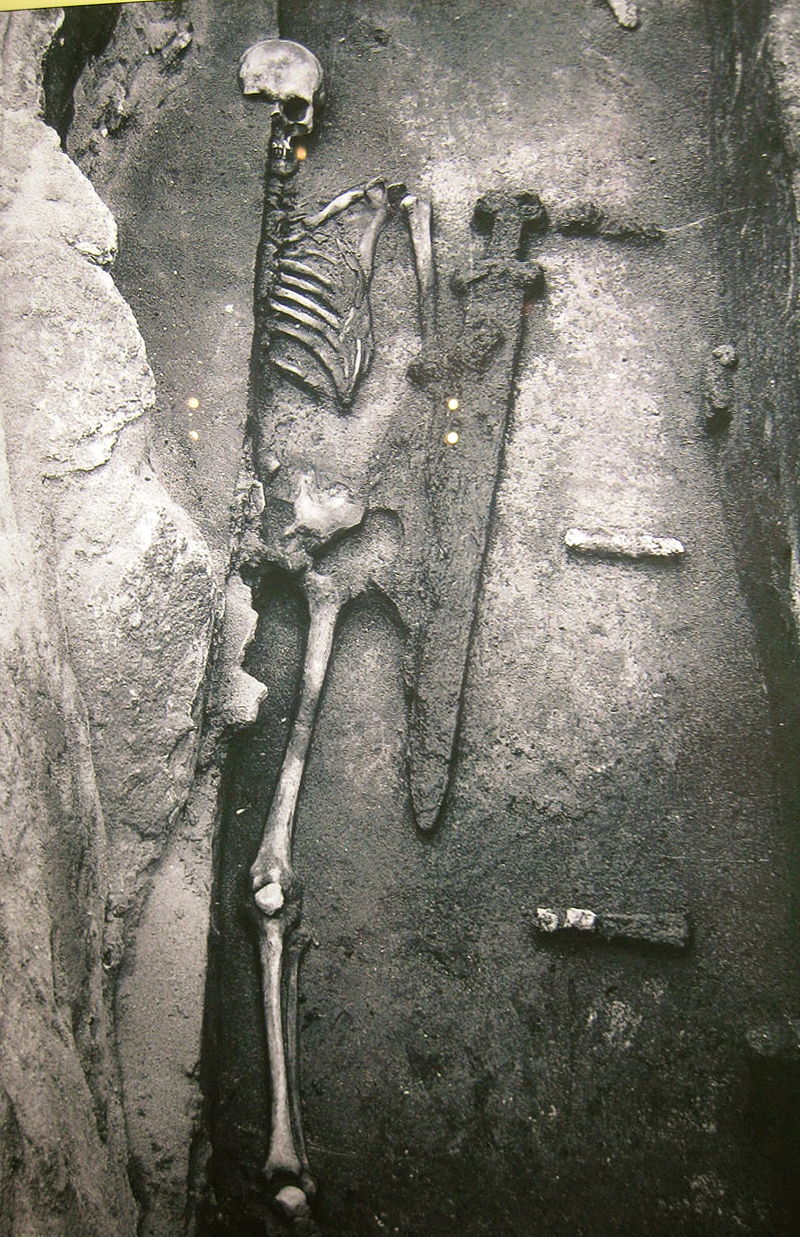Mikulcice
- Period: Medieval
- Location: Czech Republic
- Burials: 197 individuals
- Archaeologists: P. Havelkova, S. Vilotte, P. Veleminsky, L. Polacek and M. Dobrikova
- Related Keyword/Categories: Behavior & Activity, Inhumation, Identity

Havelkova et al 2011 examined two early Medieval populations from Mikulcice, Czech Republic, one from a castle cemetery and two from neighboring rural cemeteries. They argue that based on the difference in burial location, there is the potential for differences in activity patterns as indicated by stress markers on the bones. From the castle cemetery they were able to examine 117 individuals, and the two rural cemeteries contained 80 individuals. All individuals were adults, with an even spread between young, middle and old, and there was a fairly even division between males and females. The researchers examined nine sites of fibrocartilaginous entheses. Each of these sites was chosen because they were the least likely to be caused by non-activity based stress or pathology. Each enthesopathy was given a rating from 0 to 2 based on the extent of the bone growth and taphonomy. Using these statistics they were able to determine divisions of labor. In their analysis, they looked at the difference in enthesopathies for sex, age and class (determined by the burial location at either the castle or rural cemeteries). In older individuals there is a tendency towards larger enthesopathies, due to both degeneration and increased time for the accretion of stress. When comparison was made of males and females pooled together, there was no strong correlation, but divided older females from the castle and older males from the rural locations had the highest percent of enthesopatheal stress markers. Looking at location and sex, it was found that in the rural population there was a different in sexual dimorphism, with males larger, and in the castle there was no statistically significant difference. By comparing the patterns of entheses in the two populations, they found that it was more likely the stress markers in the rural population were from subsistence activities, whereas the castle population had markers indicative of domestic chores in the females and for males only horseback riding. Females in both populations appear to be engaging in similar activities, with the biggest difference appearing in the males.
References: P. Havelkova, S. Vilotte, P. Veleminsky, L. Polacek and M. Dobrikova (2011). Enthesopathies and Activity Patterns in the Early Medieval Great Moravian Population: Evidence of Division of Labor International Journal of Osteoarchaeology, 21, 487-504. DOI: 10.1002/oa.1164


